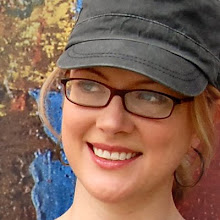"To accept a choice or judgment as one that is good enough, one that satisfies. According to Herb Simon, who coined the term, the tendency to satisfice shows up in many cognitive tasks such as playing games, solving problems, and making financial decisions where people typically do not or cannot search for the optimal solutions."
Source: The Penguin Dictionary of Psychology, © Arthur S. Reber 1995.
First and foremost, this site will be concerning the practice of designing systems that are satisfying for people to use. Satisfaction can stem from many things – very simple products can be very satisfying, and very complicated products can still lead to satisfaction if the end results of using them are positive enough. However, some of the best-loved products on the market balance both, presenting a simple interface – one that provides just enough features (at the surface level) to perform a few powerful functions. The number of choices suffice to satisfy the core need or goal, and extraneous features do not greatly compete with this. Apple in particular is a company that understands this very well.
This is my goal – to help develop products that demonstrate the elegant balance of simplicity and power.
The term “satisfice” itself is based on the observation that users often chooses the first item that seems to satisfy their need, rather than reviewing every choice – especially when face with a large number of items and/or several clicks. This means that they are likely to waste time (and become frustrated) if presented with a complicated and indistinct set of choices. Unfortunately, folder structures that grow organically are a perfect example of a hierarchy that is likely to be large and complicated, with a large amount of redundancy. And, due to past usage and an inherent love many people have for creating their own categories, it’s difficult to move people to something that may be less structured. In my opinion, this is one of the greatest User Experience challenges facing the field of Enterprise Content Management.

